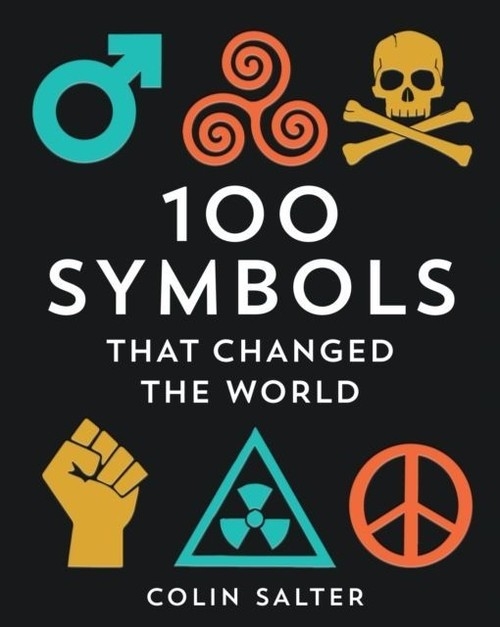100 Symbols That Changed The World
Pavilion Books

Wysyłka:
1 - 3 dni robocze + czas dostawy
Sugerowana cena
Nasza cena
129,54 PLN
Oszczędzasz 10%
Najniższa cena w ciągu ostatnich 30 dni: 129,54 zł
Universal symbols have been used as a form of communication from the Bronze Age, when the dynasties of ancient Egypt began the evolution of the thousand characters used in Egyptian hieroglyphics. In pre-Columbian America the Mayan civilization set out on a similar course, using pictures as a narrative text.
With the adoption of written languages, symbols have come to represent an illustrated shorthand. The dollar sign in America evolved from colonists' trade with the Spanish, and the widespread acceptance of Spanish currency in deals. Merchants' clerks would shorten the repeated entry of "pesos" in their accounts ledgers, which needed to be written with a 'p' and an 's'. A single letter 's' with the vertical stroke of the 'p' was much quicker. Historically correct dollar signs have a single stroke through the 'S'.
Symbols are also used to impart quick, recognizable safety advice. The radio activity symbol was designed in Berkley in 1946 to warn of the dangers of radioactive substances - and following the widespread use of gas masks in WWII, the trefoil symbol echoed the shape of the mask.
There are many symbols of affiliation, not only to religious groups, but support of political causes or even brand loyalty. Symbols are used for identification, military markings and recognition of compatibility. They allow users to convey a large amount of information in a short space, such as the iconography of maps or an electrical circuit diagram. Symbols are an essential part of the architecture of mathematics.
Szczegóły
Autor: Colin Salter
Wydawnictwo: Pavilion Books
ISBN: 9781911216384
Języki: angielski
Rok wydania: 2022
Ilość stron: 224
Format: 19.0x24.0cm
Oprawa: Twarda
Waga: 0.995 kg

